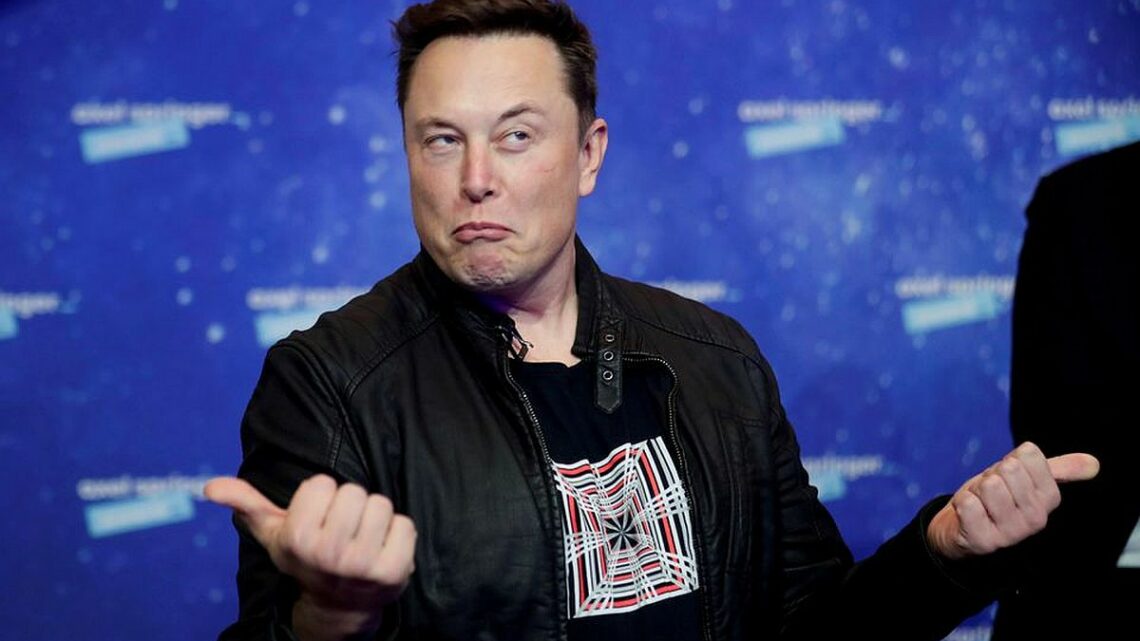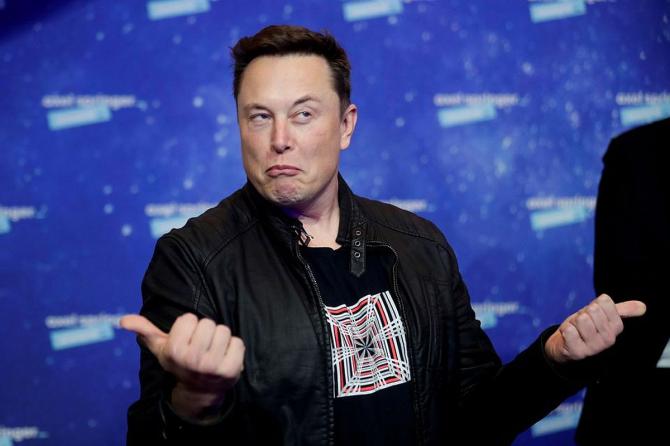
Elon Musk’s alarm over Twitter bots takes the lid off advertising frauds
July 19, 2022Elon Musk’s decision to drop the idea of acquiring Twitter over purported under-reporting of fake accounts due to the use of bots has opened a can of worms on what is a growing and crucial problem — advertisers who put in money based on these falsified numbers (which is the mainstay revenue of these platforms) are making losses; they are paying for bots in the guise of viewers.
mFilterIt — a global digital and advertising (ad) fraud detection and protection company in India — says search engines like Google have the lowest average ad fraud rate of 10-12 per cent, based on the inference arrived at while working with clients that use these platforms.
This means 10-12 per cent of the ad viewership is generated by machines.
So advertisers lose a similar percentage of their money as well.
But the average ad fraud rate on Google Ads Network and Facebook Audience Network (where they tie up with other digital platforms to insert their impressions through a revenue-share agreement in which generally 70 per cent share goes to the website and 30 per cent to the social media company) is higher at 18 per cent.
On the popular YouTube and other over-the-top channels based on data, the rate is 17 per cent.
For ads you click on, the ad fraud rate ranges between 15 per cent and 20 per cent.
For other digital networks like e-commerce websites, publishing agencies, and sport platforms, it could range between 30 per cent and 35 per cent.
Says Dhiraj Gupta, co-founder and chief technology officer, mFilterIt, “It’s a big problem faced not by Twitter alone, but across all digital platforms.
“The technology (tech) behind creating a bot has become so simple and easy that its use is proliferating with unattended impact as has happened with Twitter.”
Google and Meta, however, did not respond to queries on these issues till the time of going to press.
Twitter claimed that less than 5 per cent of its accounts are fake, but global research agencies say it is at least 3x the quoted number.
From a valuation perspective, this is key to making money with Twitter, given over 95 per cent of its revenue comes from advertising.
In India, however, mFilterIt says the percentage of fake accounts on social media would be much higher than the global average of 20 per cent — thereabouts of 30 per cent.
“India is a tech hub. It has a large developer community that can build bots cheaply, compared to other countries.
“Our assessment is it is far higher,” says Gupta.
Bots are used by companies to automate some of the functions — to monitor criticism, keeping close tabs on complaints.
But when they are also used to view ads for which companies pay for real consumers and not machines to read it, it is a fraud.
In many cases the bot is primarily meant to push an agenda, but its unattended consequence is that it also scans through ads, upping the overall numbers.
Bot is not the only way an ad fraud takes place.
Over 45 per cent of the frauds happen through this route, followed by click spams (25 per cent) in which malware is inserted in the device to generate ad clicks, as well as domain spoofing.
Source: Read Full Article



